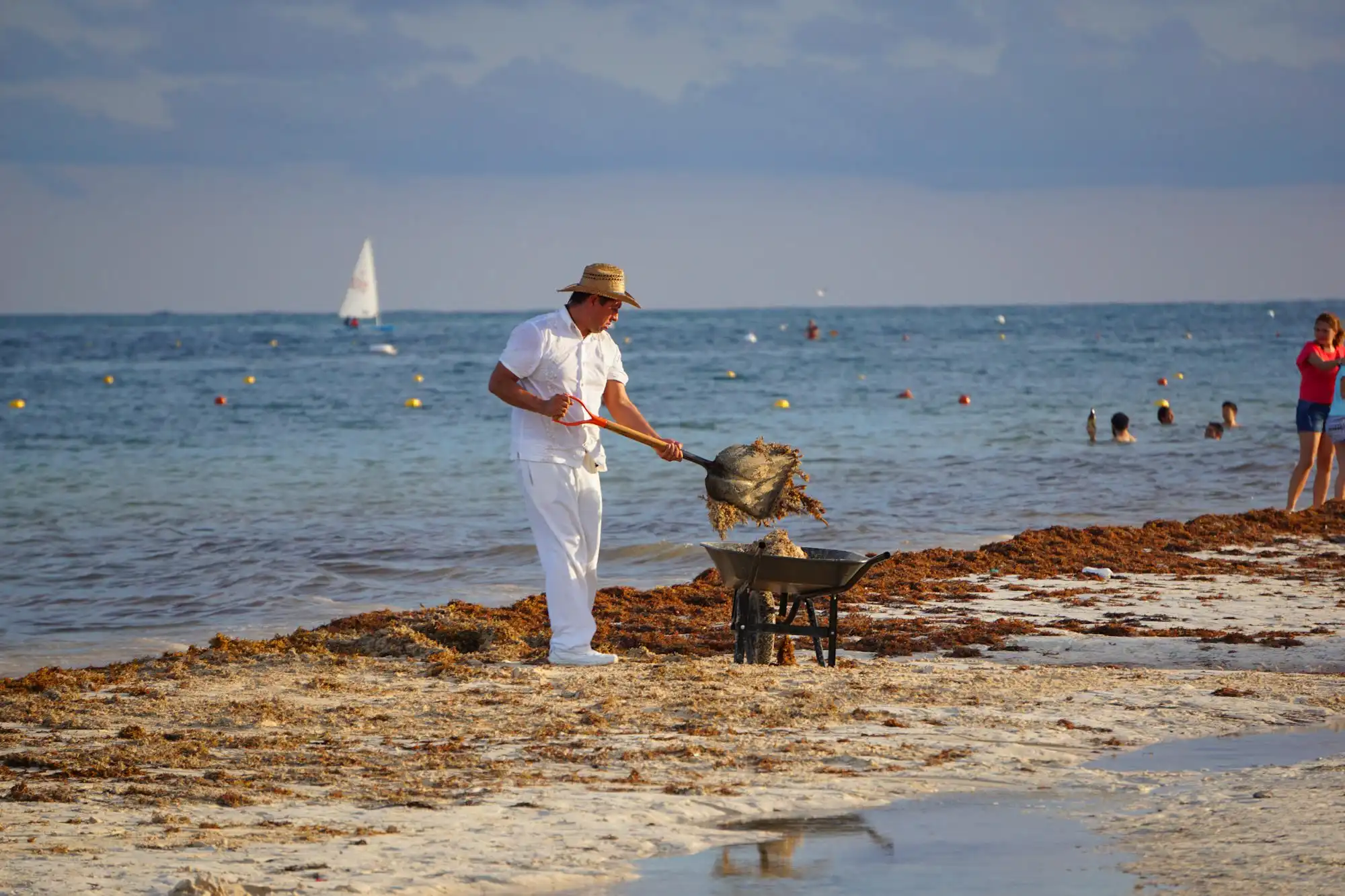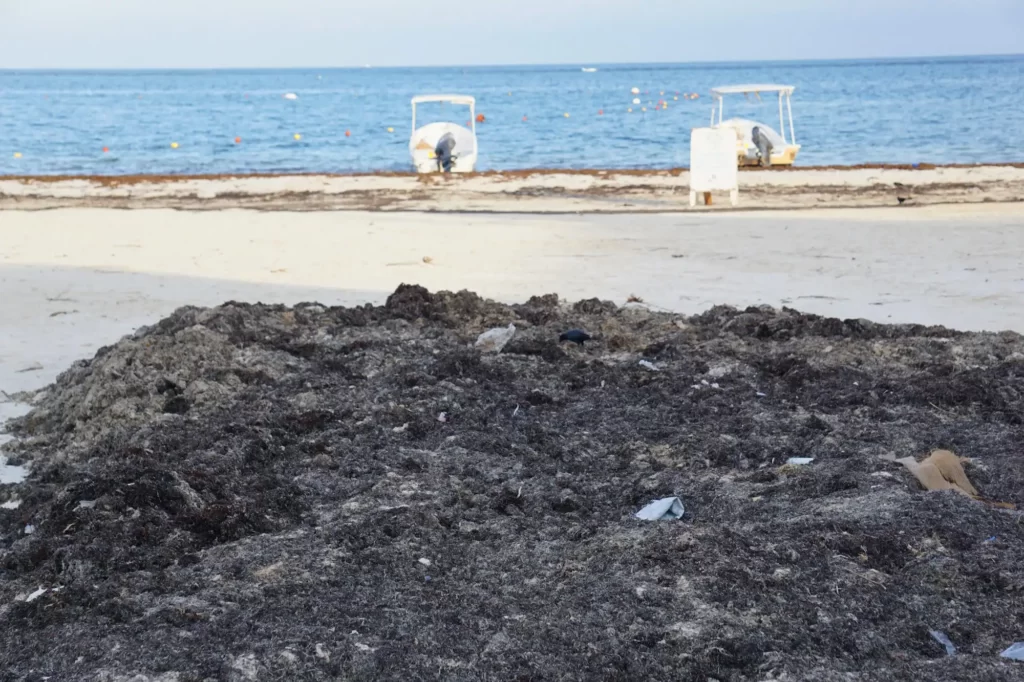Toxic Threat: Alarming Levels of Arsenic and Sodium Chloride Found in Majority of Sargassum Storage Sites

Arsenic and Excessive Sodium Chloride Found in 80% of Sites… BRGM’s final report on the environmental impact of sargassum storage sites is highly concerning.
The standout figure from this study is certainly alarming. 83% of the analyzed sites showed arsenic exceedances, whether in water or soil. This metalloid is extremely toxic, and the thresholds set by regulations for this type of inert waste storage facility are consistently surpassed. For example, stagnant waters in contact with Raisins Clairs, Anse Maurice, Anse du Belley, and Cap à Capesterre de Marie-Galante have exceeded the allowable limits. The scientists from the Bureau de recherches géologiques et minières (BRGM) focused on measuring water samples from the soil, stagnant waters, surface waters such as rivers and ponds, seawater, and groundwater.
The highest concentrations of arsenic were found in sargassum juices and leachates, reaching nearly 6000 mg/L at the Anse Maurice site in Petit-Canal.
This toxic cocktail must be prevented from infiltrating groundwater, although some sites with predominantly sandy substrates like Belley or Pont-Pierre aux Saintes have not been able to prevent groundwater pollution, which exhibited significant values on the order of hundreds of micrograms per liter at these two locations.
As for chlordecone, found in Sainte-Claire or Viard, it stems from a well-known historical soil pollution, except for one of the samples taken in Sainte-Claire, which raises questions. In summary, the storage sites clearly implicated are Anse Maurice, Anse du Belley, Cap de Capesterre de Marie-Galante, and Anse Colibri in La Désirade, which also exhibits pollution from hydrocarbons and marine-related chemicals. The algae being stored are primarily those dredged from the heart of the island’s harbor.

Recommendations by the bureau Considering these findings, scientists first recommend regulating access to these sites, which is currently not the case. These spaces often serve as watering holes and pose a definite contamination risk to visitors. Fencing is even recommended for the most polluted sites like Belley, Anse Maurice, Cap, and Anse Colibri.
In addition, minimal signage should be implemented for other sites or those to come, as some may need to be closed, especially those in close proximity to residential areas. It is absurd that new sites should be chosen based on their distance from residential areas, as well as tourist and protected zones.
Furthermore, these sites should be properly designed, including the incorporation of ditches to channel highly toxic sargassum juices. Storage sites that hold significant importance for potable water resources, such as the one in Marie-Galante, must now undergo regular water quality monitoring. Finally, the experts from the research bureau also recommend moving away from the current regulations governing these sites and adopting a more suitable and stringent set of norms.
